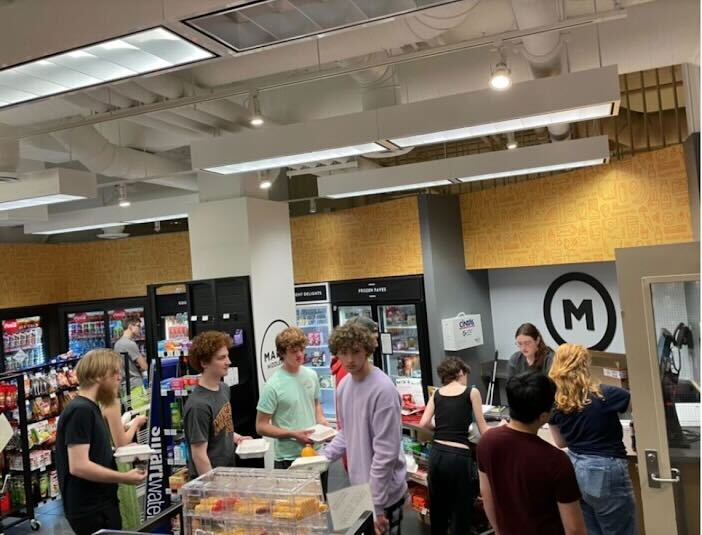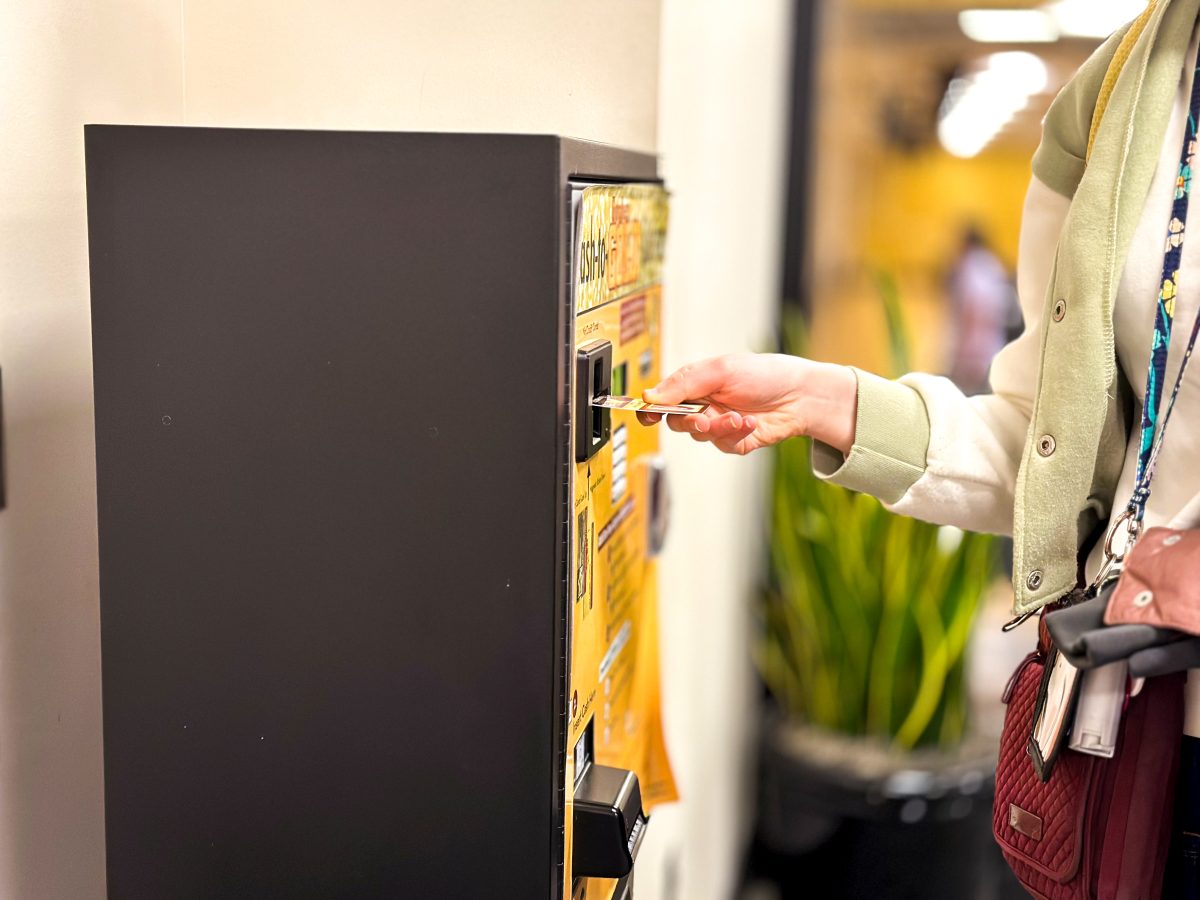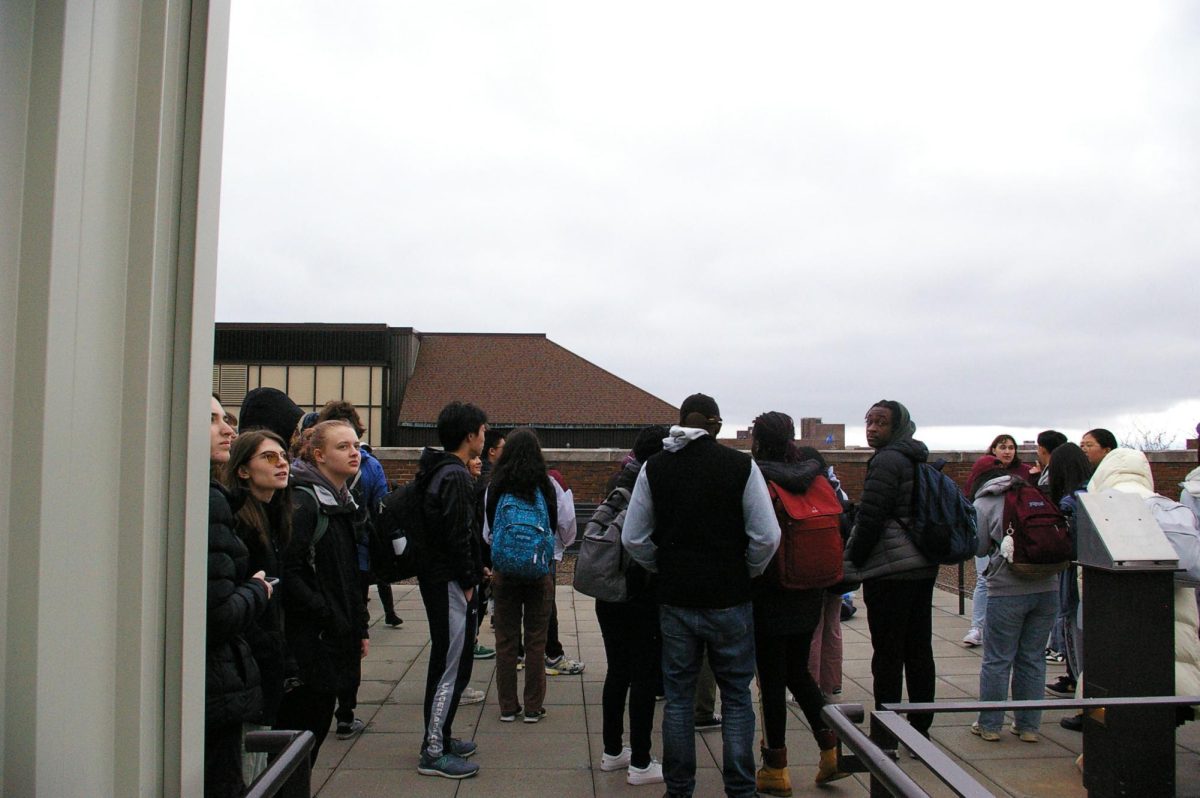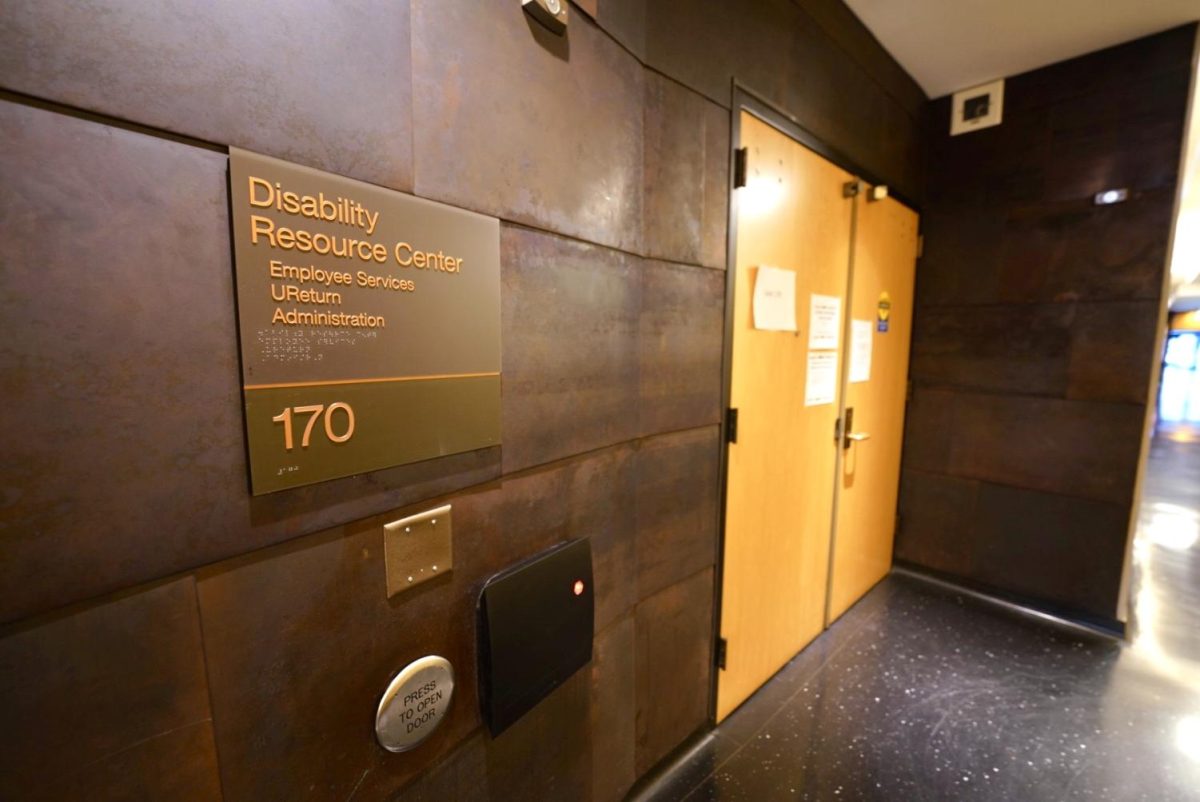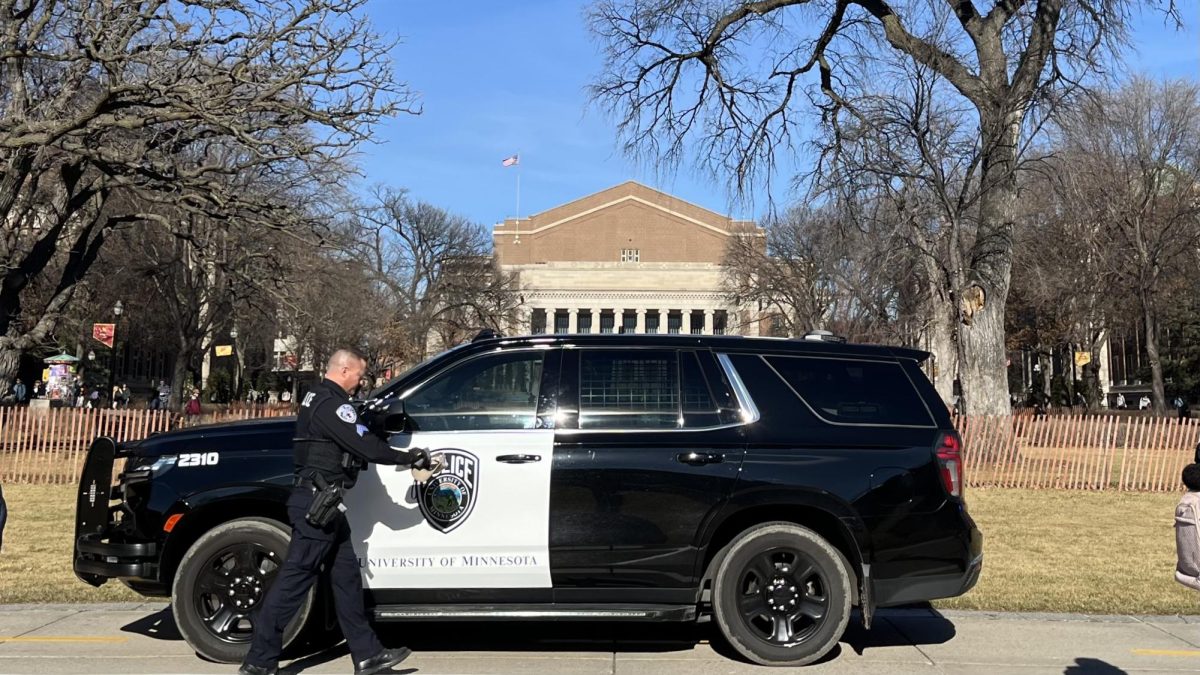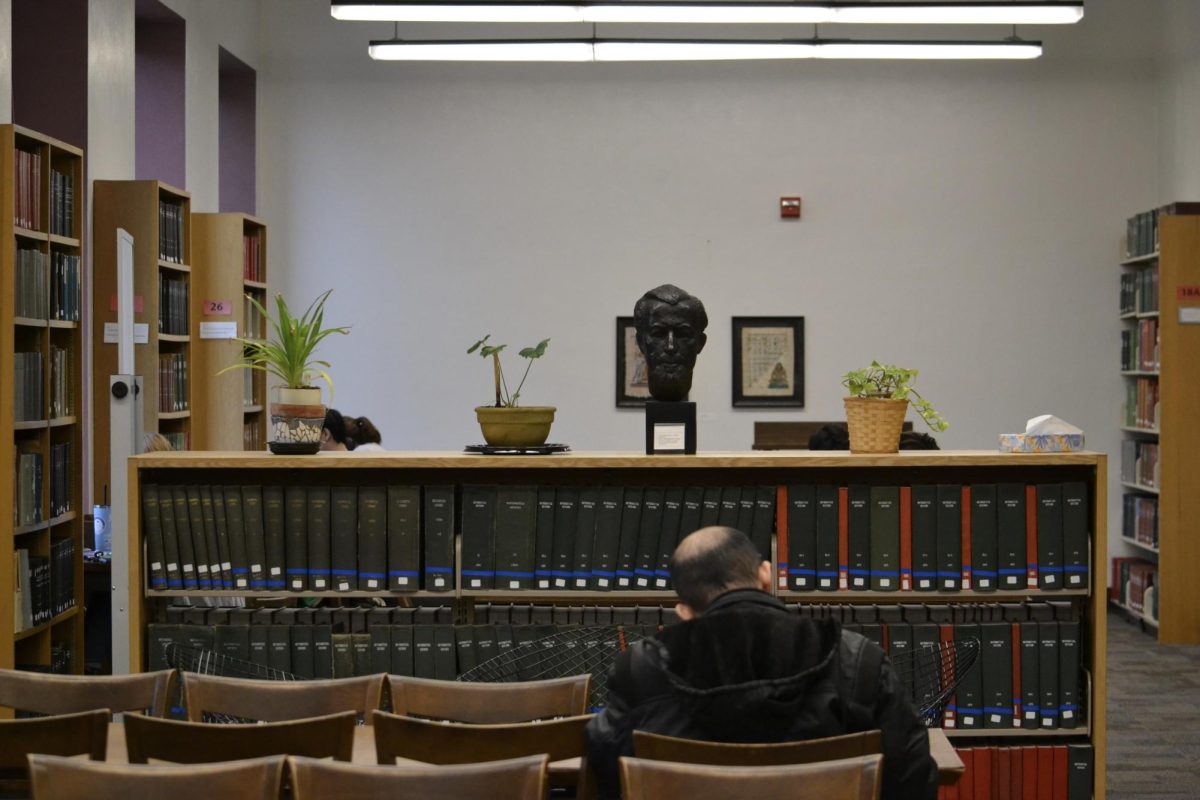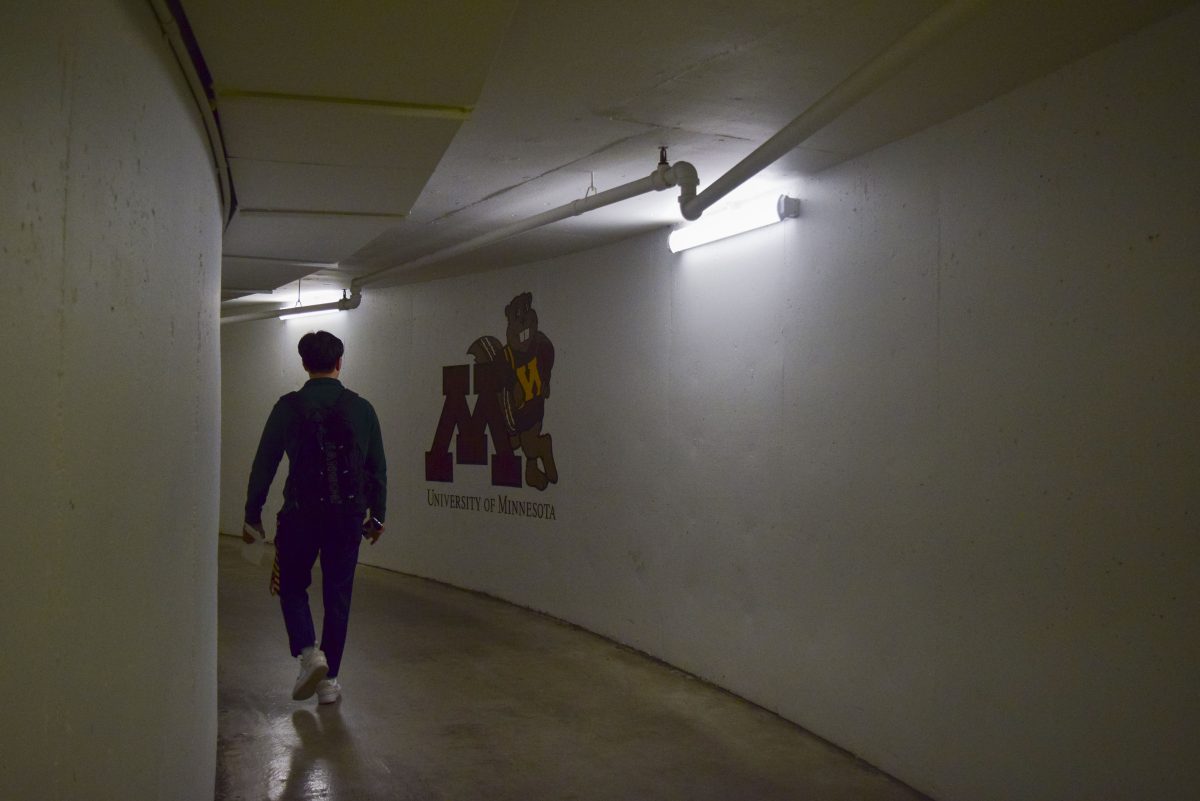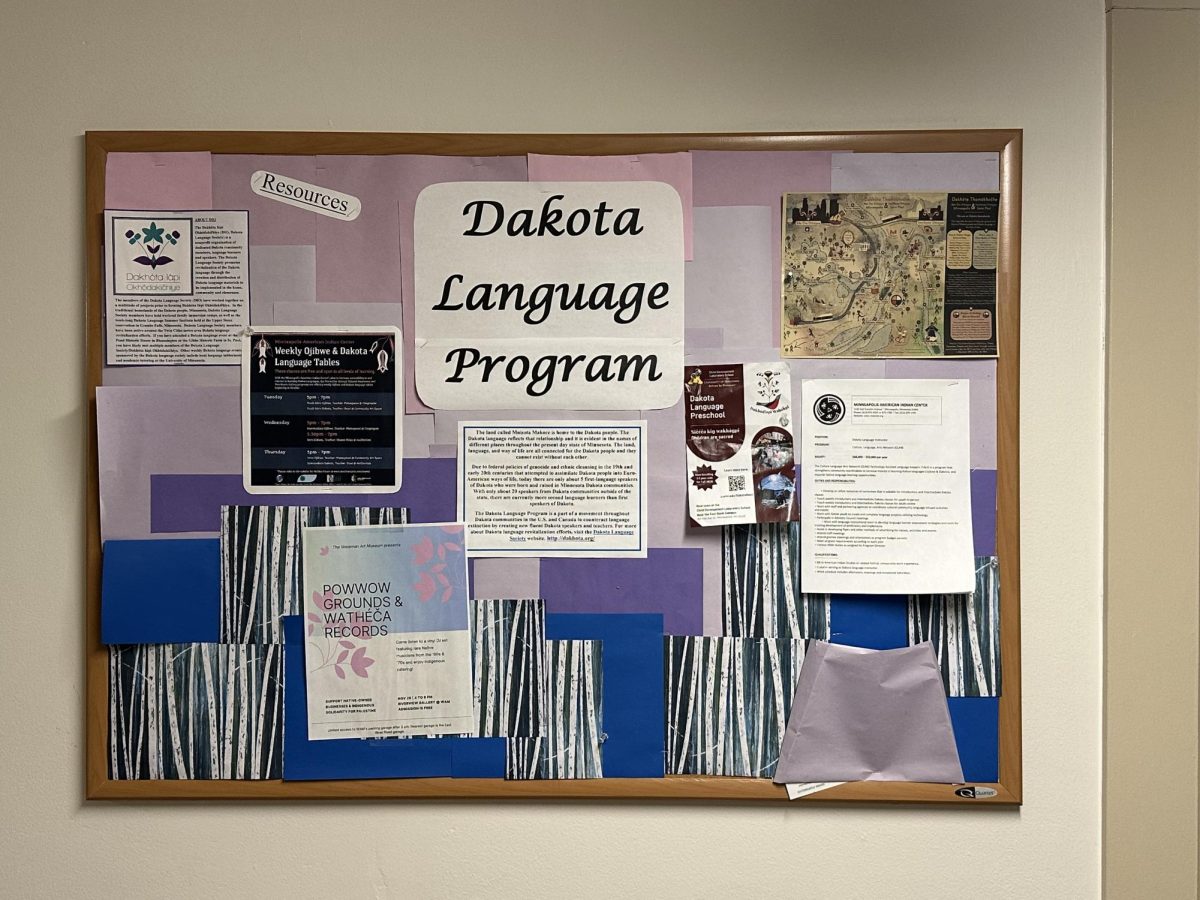The Undergraduate Student Government (USG) has worked with the University of Minnesota to implement a two-week pilot program giving students living in residence halls access to prepackaged meals after dining halls have closed.
The pilot program, part of USG’s Late Night Dining Initiative, began April 10 and will conclude Thursday, according to Gurasis Singh, a USG at-large representative who led the effort. During this time, students can pick up a refrigerated meal from 8:00 p.m. to midnight at one of the three residence hall markets in Sanford, Centennial and Middlebrook halls.
“Most people have late-night classes, labs or other commitments, and it gets really difficult to force your schedule into the schedule of the dining halls,” Singh said. “It shouldn’t be that way because students have other priorities outside of dining that come first, and in order to combat that, we came up with this program.”
Singh said the meals are grab-and-go, meaning students can grab a meal from the refrigerator before purchasing it through a self-checkout. Students can purchase the meals through their meal plans or with dining dollars.
Singh said he proposed the idea to Dawn Aubrey, the M Food Company’s vice president of operations, for help creating the pilot program. They began developing the program together in March.
Pilot logistics and the program’s future
Aubrey said the meals are packaged during the day by first placing the ingredients in a blast chiller each dining center has. The blast chiller freezes the food quickly; then the meals are packaged and kept cold until they are served later at night.
Aubrey said it is important to have different kinds of meals that meet the needs of students with dietary restrictions. Each market has a “homestyle” option with comfort food, a vegan option and a purée option, which is food free of the top nine most common allergens.
“With this program, we can appeal to different types of students and be able to supply them something for their needs,” Aubrey said. “We consulted with our dietician about the meals that we prepare and also made sure that we had ingredient labels for all of the items that we serve.”
Singh said the goal of this two-week pilot program is to find out how many people utilize the late-night dining option, gather data on what meal options are most popular and get student feedback on the program.
Singh said the University will look at data and feedback to help determine if this program is viable for the future.
“Next year, the dining administration is looking to see what they can do to address these bigger root issues with shortage of staffing, and if this is a feasible option that they might want to carry out,” Singh said. “They’ll decide if maybe they want something with more options or longer hours in the markets, and whether this is something students appreciate in terms of efficiency.”
Aubrey said the pilot program does not require additional staffing or extra hours for staff because the meals are prepared during the day and then refrigerated at the campus markets where students can grab the meals themselves.
Staffing has been at the forefront of the conversation about the University’s dining halls. Most recently dining hall employees said the University was going back on its agreement to offer more summer work.
Students say Late Night Dining is an appealing option
Patrick Bindzus and Simran Kaur, two freshmen who live in Frontier and Middlebrook halls, respectively, stopped at the Centennial Hall market together around 11 p.m. during the pilot program’s opening week for a meal.
Bindzus said his meal, which consisted of chicken, rice and vegetables, “tasted good” and “everything was fresh.” Kaur, on the other hand, did not get a meal because the Centennial Market was running low on meals and did not have any vegetarian options left.
“A lot of my friends who are vegetarian were able to get a meal in Middlebrook, but unfortunately, I couldn’t get one because we went pretty late and I’m guessing all the vegetarian options ran out,” Kaur said. “Other than that, it was a really good experience.”
Bindzus said he was able to select his meal, scan his U-Card to pay and bring the meal back to his dorm within a matter of minutes.
Bindzus and Kaur said having a late-night dining option is useful because they both have schedules preventing them from heading to the dining halls during their normal hours.
“This is really cool because sometimes I can only come back to the dining hall around 9 [p.m.], and the dining hall after 8 [p.m.] has no actual food other than pizza, and I don’t want unhealthy food,” Bindzus said. “The initiative brings the perfect food after a long day where I couldn’t eat dinner, and it’s a nice variety of healthy food.”
Kaur and Bindzus said they are glad there is a push for more after-hours dining options because they have spent a lot of money on food outside of the dining halls due to the lack of options.
Kaur said she thinks it is important the program is able to meet the needs of those who have dietary restrictions.
“With the unpredictable aspect of the dining halls, there’s some days they don’t have good alternative options for people with dietary restrictions, and some of my friends who get back from classes late go to the dining hall and there’s nothing for them,” Kaur said. “I feel like it’s really important that this program continues.”
The beginning of a more collaborative process
Singh said he has hope this Late Night Dining Initiative will open the door for a more collaborative effort between students and the University on projects going forward, and USG has had internal discussions about how students and administration can work more collaboratively.
“One thing that Dawn Aubrey told me is that her team really liked the idea and wasn’t able to think of this because they didn’t have that firsthand experience that we were able to deliver to them,” Singh said. “Being able to collaboratively think and have stakeholders from all different aspects of the University allowed us to come up with a creative solution.”
Aubrey said the best part of this program is it is a student initiative working to solve a problem many students have. She agreed administration and students working directly together on issues like this is good for everyone.
“A joint solution is the best approach,” Aubrey said.










